
In these genera, valve surface ornamentation is radially symmetric around a central point and the valve outline is circular. A few species, thus far not seen in the Great Lakes, are elliptical.
|
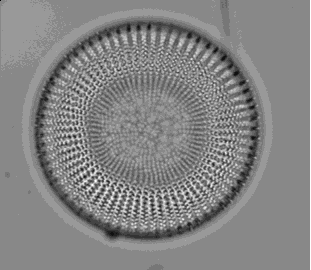
|
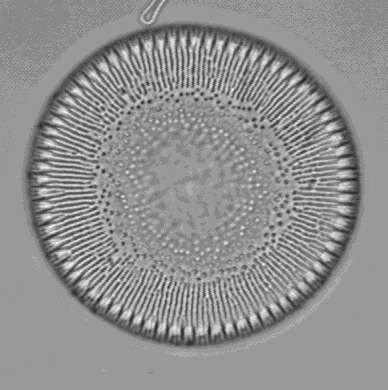
|

In these genera, valve surface ornamentation is bilaterally symmetrical to a central thickening called the central sternum. In a few species the central axis is bent.
|


|

These genera are also bilaterally symmetrical. One valve has a central sternum. The other has fissures through th ecentral sternum called a raphe. The raphe has two branches separated by a blank area.
|
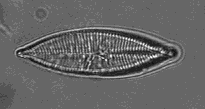
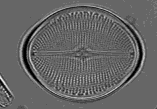
|
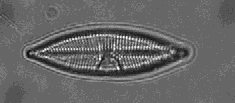
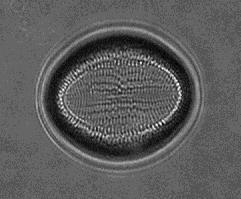
|

These genera also have a raphe on both valves, but are asymmetric to either the longitudinal or transverse axis. An apical pore field may be visible on one or both ends of the valve.
|


|

These genera have raphes on both valves, raised above the valve surface on a structure called a keel. The keel may be on the midline of the valve or displaced toward the valve margin.
|


|
|

In these genera, valve surface ornamentation is radially symmetric around a central point, but the valve outline is bipolar or multipolar.
|

|

These genera also have a raphe on both valves, but it is reduced to a short structure on each end of the valve. Longitudinal axis is usually bent. The convex margin of some species is elaborately scalloped.
|

|

These genera have a raphe on both valves and are symmetrical to both the longitudinal and transverse axis of the valve. This is a very large and diverse group.
|


|

These genera have a raphe on both valves which is borne on a specialized tube-like structure called a canal. The canal raphe is usually displaced from the midline of the valve.
|
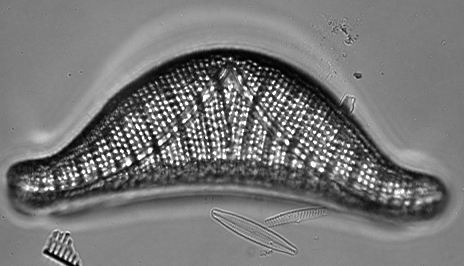

|

In these genera, the raphe is wrapped around the margin of each valve and raised in a special structure called a wing. Cells are usually relatively large.
|
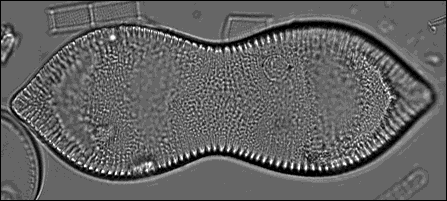

|
|

